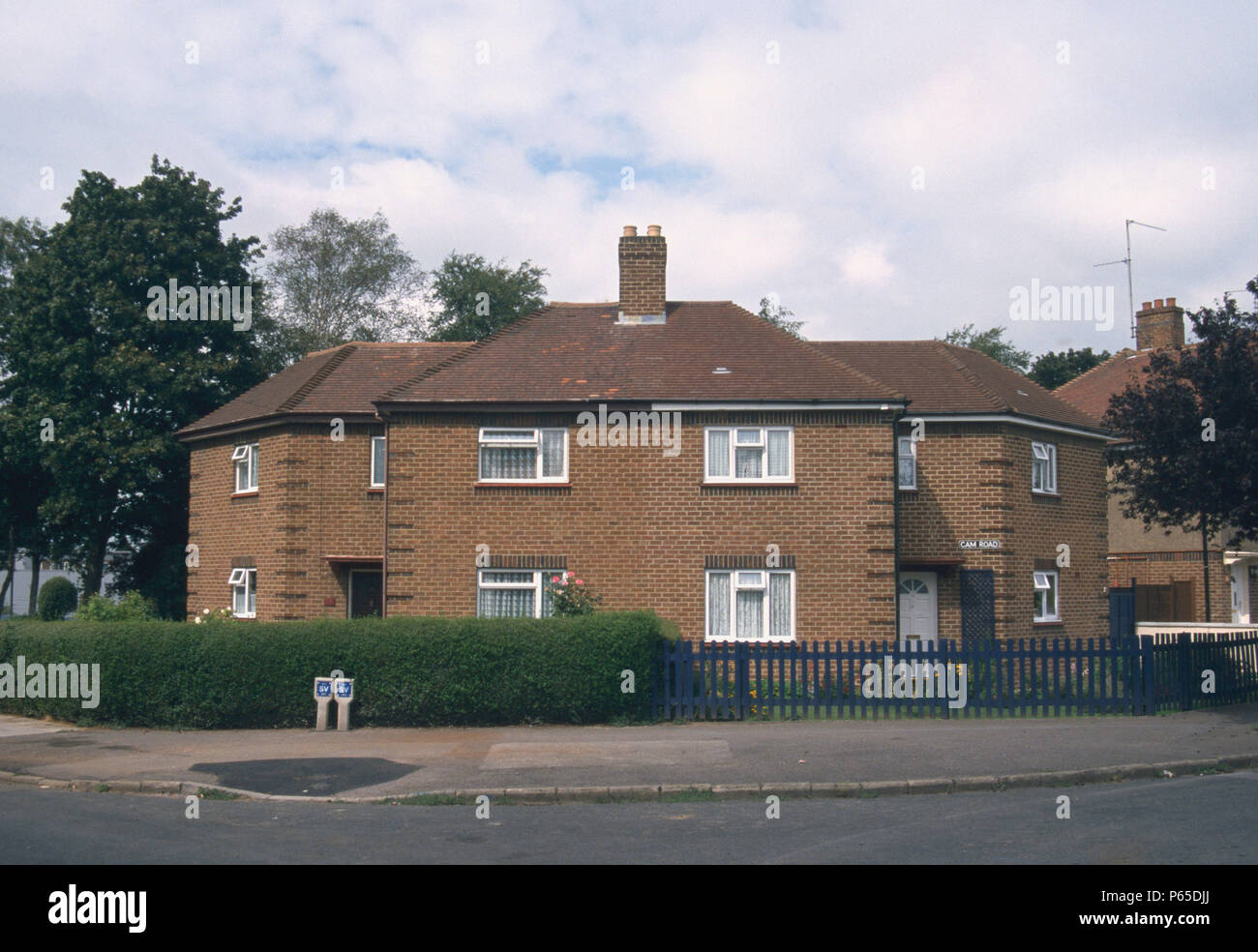

It is listed on the National Register and today serves as the home of the Cheltenham Arts Center.

Ritchie became an influential force in the development of the community, founding the La Mott Building and Loan Association and helping other African American home and business owners settle in La Mott, which became one of the first racially integrated suburban communities.Ĭheltenham’s historic elementary school, built in 1883, is the oldest school in the state in continuous use on the same site. Her home was used as an Underground Railroad stop and donated family land was used to train African American recruits for the Union forces during the Civil War.Īfter the Civil War, the area was developed into housing, initially attracting white, working class families. It is named for the family of Lucretia Mott, the well-known abolitionist and advocate for women’s rights, who lived here from the 1850s until her death in 1880. In the La Mott Historic District, by contrast, vernacular architecture tells the story of its development. The Wyncote Historic District includes a large collection of Victorian residences, including many by noted architects such as Frank Furness. Communities within the township include Cedarbrook, Melrose Park, La Mott, Wyncote, Cheltenham Village, and Elkins Park. Incorporated as a township in 1900, Cheltenham became Philadelphia’s first suburb and home to some of the nation’s most notable industrial barons.Ĭheltenham Township’s long history has made it virtually an architectural museum containing examples from many eras, including two historic districts and individual sites listed on the National Register of Historic Places. It evolved from an agrarian settlement in the 1600s to a mill town in the 1700s, becoming an industrialized community served by the railroad in the 1800s.



 0 kommentar(er)
0 kommentar(er)
